Construction Importing: Give Your Business a (fork) Lift
It is a wild time to be in the construction industry, no matter where you’re importing or exporting from. Costs of raw materials are at record highs, and ongoing crises in Russia, trade and intellectual property battles with China, and natural disaster-based supply chain interruptions are making this an especially difficult time to manage construction importing.
The construction industry in Canada was valued at a massive CAD $150.02 billion to the total Canadian GDP. Costs for global construction materials are expected to remain high in 2023, though there is also reason to be optimistic about the construction industry.
According to a study on the construction industry by Oxford Economics: “The upswing in global construction activity is set to continue over the coming years. Governments around the world responded to the coronavirus pandemic by fast-tracking major infrastructure projects, as investments in the economy’s productive potential has proven to be a key driver of economic recoveries in the past.”
What does this mean for you as an importer/exporter in the construction industry?
While nobody likes uncertainty, there are ways that companies can take advantage of some of the challenges the world faces with rising commodity prices and supply chain challenges. Working with a customs broker who has weathered these storms for decades is one way you can immediately take some control of an unpredictable situation.
Here are some ways that working with a customs broker can make life easier for you as a construction importing business:
- Properly filling out E29B forms for equipment
- Ensuring classification details are accurate – particularly for importers who are importing a broad range of items
- Helping manage specific activities to keep projects on track , including clearcut time management, to avoid self-inflicted supply chain issues
- Managing invoices clear description of items being imported, if these are not done properly, supply chain management will suffer
- Managing delivery times – someone is always waiting for your shipment, you don’t want to delay pick up times, which cost money, and any delays can have ripple effects on your whole supply chain
- Complete details on all goods that are being imported, including any tariff treatments or inclusions in trade agreements
What is the profile of a customs broker who is a strategic partner?
You know the expression “don’t sweat the small stuff!”? Well – that’s what a great customs broker does. They sweat the details, so you don’t have to.
A great customs broker collects any and all unique details from importers, and treats each one as an individual organization with its own needs.
By collecting specific details from importers, like specific POs (purchase orders) from specific projects, and at A & A we create “note buckets”, attention to fine details ensures that the import process is handled in a way unique and catered to that importer.
You also want to work with an expert who can assist with the Canadian Border Service Agency’s SIMA duties, (Special Import Measures Act), which apply to what can and can’t be dumped into Canada. These were updated in March of 2021, and the CBSA’s website advises that if you’re working with a broker, they’re on top of these and can explain and manage them for you.
If you find yourself with a burning question, day or night, our brokers are available almost 24/7 to respond to your inquiries, with A & A subject experts available from 5am-12am PST. If and when you need answers, we’re there.
For all our importing clients, it starts with our tried and true onboarding process. Onboarding includes:
- End use
- Products
- Complete descriptions
- Countries of origin (all – if a shipment is coming from multiple countries)
- HS codes
- Any and all applicable free trade agreements
From A & A expert, Liz Smith,
“A great onboarding helps everything flow quickly. A & A is thorough! A comprehensive onboarding helps everything flow quickly through operations, and that extra time pays off in longer term dividends. Once everything is gathered from HS codes, parts and descriptions, we ensure everything is ready to ship, and then off it goes!”
We’re committed to minimizing your stress and providing you with a sense of security and confidence. Common top concerns our experts hear about are:
- Duties (SIMA) which can happen when dumping into Canada. You need a broker to be on top of it – being aware of what is subject to duties and what is not
- Costs! Ensuring that your customs broker is finding the most cost effective solutions for your imports and exports
- Managing and mitigating supply chain disruptions: what can we do to help you navigate these best?
Finally, we’ll leave you with some red flags to watch out for that some customs brokerages often either get wrong, or…don’t get right enough.
Watch out for these:
- Not managing due diligence comprehensively: not diligently checking what is being brought in and then being “surprised” to learn they have missed out on key details
- Not accounting for all costs before you start, the sooner you start working with a customs broker that you trust, the more certainty you have that all costs are accounted for
- Importing equipment that is disassembled: you/your broker need to understand how that will be imported, how each disassembled piece of equipment will be detailed and accounted for in POs and invoices
- Insufficient descriptions of items and end use of importer materials
Let’s get to building a beautiful relationship:
We hope you find these check-lists helpful as you prepare your shipments. We’re here to help with every step of the process, and have been for over 30 years. Our A & A experts are more than happy to walk you through the importing process for your construction goods. If you’d like to speak with a team member directly, please contact us!

